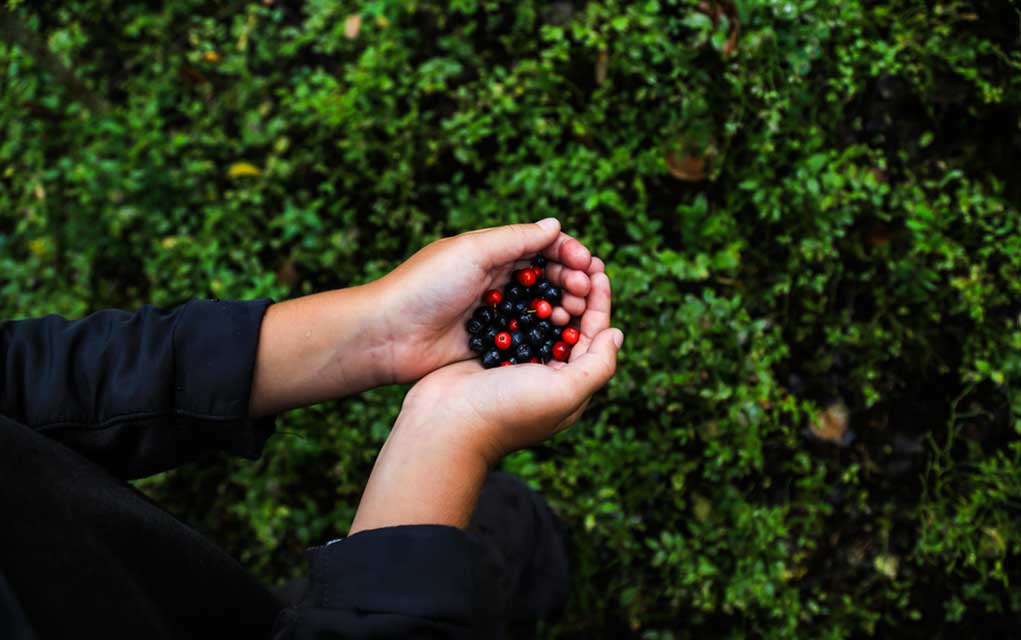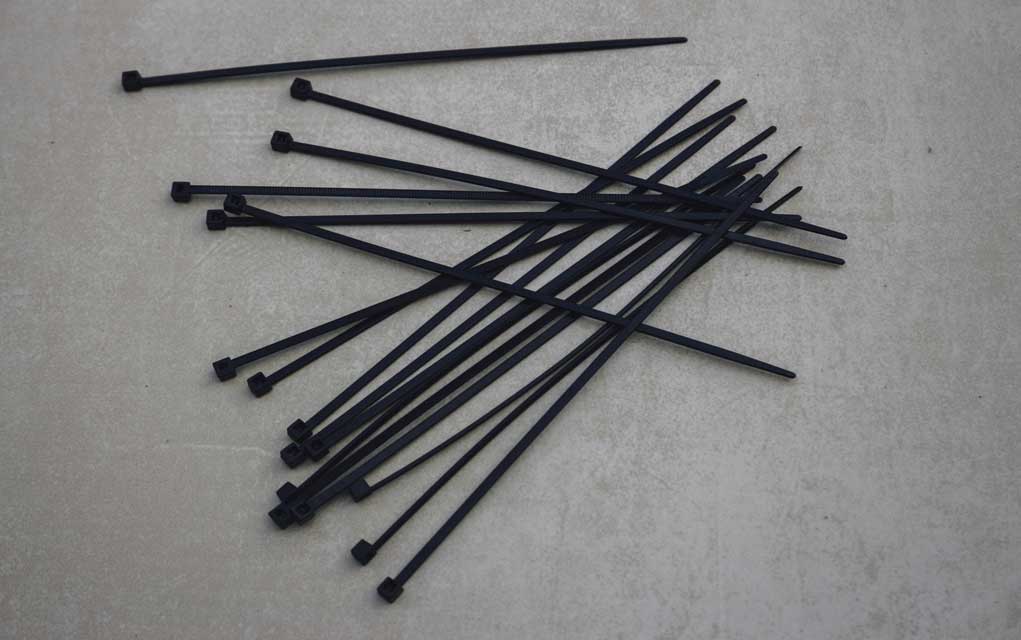(Modern Survival.org) – Facing a survival scenario is both terrifying and dangerous. One misstep can be fatal, which is why it’s so important to prepare ahead of time. If hard times hit and food becomes scarce, knowing how to test plants for toxicity can be the difference between feeding your family and a slow death from starvation.
How to Test a Plant
Before you start chewing up handfuls of berries or leaves from a bush in the forest, you need to be sure they are actually safe to eat. To test a plant before consuming it, there are a few steps you can take to determine if it’s poisonous:
- Break it down. Break the plant into its base components: berries, leaves, stems, flowers, buds, and roots. Repeat the steps below for each individual part of the plant.
- Smell it. If the plant has a strong, unpleasant odor, it could be a sign you don’t want to eat it.
- Skin test. Place the plant component on your skin — the wrist or inner elbow are good areas — and leave it there for a few minutes. If you begin to develop any kind of irritation such as burning, rash, numbness, or itchiness, don’t eat it.
- Prepare it. Prepare the plant for the final tests according to how you plan to consume it. Boiling it is a recommended option at this point.
- Lips and mouth test. Once you have prepared the plant, press it against your lips to see if it creates any of the symptoms listed in step 3. If none occur after 10 to 15 minutes, chew the plant but do not swallow. Leave it in your mouth for an additional 15 minutes (unless adverse symptoms develop). If the plant tastes bitter or soapy, don’t eat it. Move on to the next component.
- Swallow. After waiting for 15 minutes with the plant in your mouth, you can swallow it if no adverse effects are noted. Wait several hours before attempting to eat more of the plant to see if it upsets your stomach or causes other issues. If no problems develop, you can assume this part of the plant is safe to consume.
Once you have completed the test for one component, repeat it for each portion of the plant. Some plants have both edible and inedible portions, such as eggplant (the berry is edible, but the leaves are toxic).
Knowing how to test a plant for toxicity can save your life in an emergency situation. Eating even a small amount of some toxic plants can lead to a bevy of side effects, up to and including death.
To see what edible plants could be growing in your backyard, check out our article on edible weeds here.
~Here’s to Your Survival!
Copyright 2023, ModernSurvival.org













